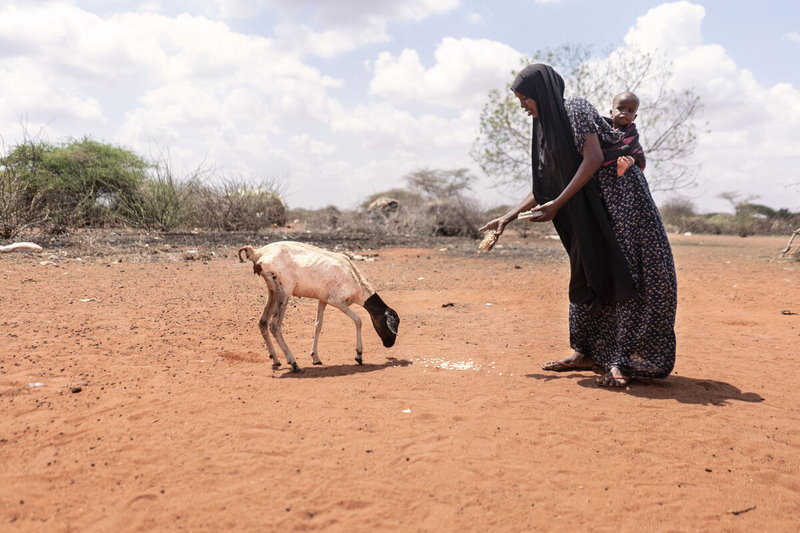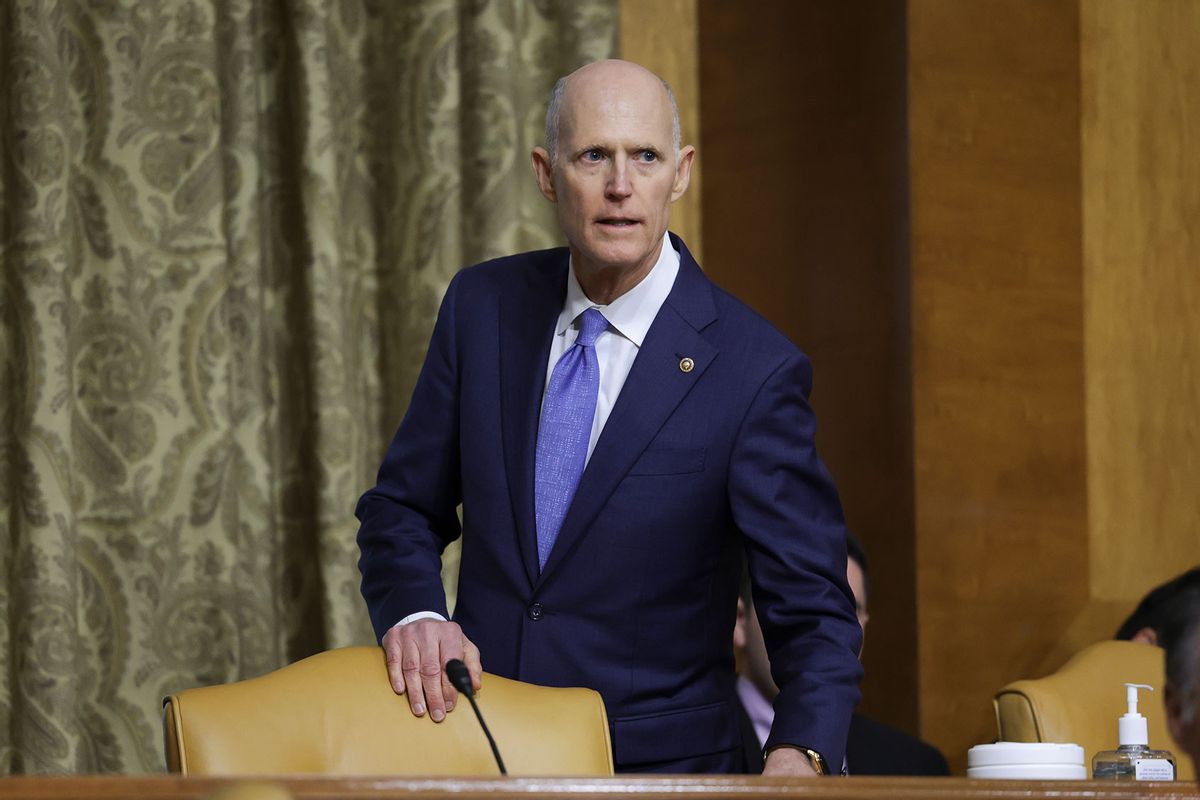Paola Rosa-Aquino
Mon, April 18, 2022

Researchers overlaid archaeological discoveries from six species of human, including Homo sapiens, Neanderthals, and Homo heidelbergensis.
Where ancient humans lived was heavily influenced by shifting climates, a new study suggests.
Researchers created a detailed simulation on a South Korean supercomputer called ALEPH.
They found a wetter, more habitable climate compelled our human ancestors to wander into new territory.
Before human activity changed Earth's climate, shifting climates shaped where and how ancient humans lived. A scientific model published Wednesday in the journal Nature reveals that human migration over the last 2 million years was shaped by changes in Earth's movement.
Using a powerful South Korean supercomputer, ALEPH, a team of researchers from South Korea and Europe created a detailed simulation of the planet's climate history stretching back to the Pleistocene epoch. The model, which looks at 41,000-year cyclical patterns, incorporates climatic changes in response to small wobbles in Earth's orbit.
Astronomical forces, such as a tilt in Earth's axis and slight shifts in the shape of Earth's orbit around the sun, influenced the levels of solar radiation the planet received, causing increases and decreases in temperature and rainfall levels. It took more than six months for the powerful supercomputer to crunch the numbers, producing the longest comprehensive climate model simulation to date.
Then researchers mapped locations where more than 3,200 archaeological discoveries of ancient fossils and artifacts from our ancestors and relatives in the genus Homo have been found, in order to identify the habitats in which each species was able to thrive.
"Even though different groups of archaic humans preferred different climatic environments, their habitats all responded to climate shifts caused by astronomical changes in Earth's axis wobble, tilt, and orbital eccentricity with timescales ranging from 21,000 to 400,000 years," Axel Timmermann, a climate physicist at Pusan National University in South Korea, who led the study, said in a statement.
The research team noted trends emerging from the data. For instance, they found that around 700,000 years ago, one hominin species — Homo heidelbergensis, believed to be the most recent common ancestor of modern humans and Neanderthals — began expanding from their traditional range because our planet's elliptical orbit created wetter, more habitable climate conditions, making it easier to migrate. Simulations also indicate that modern-day human species, Homo sapiens, might have emerged as a result of period of drought in southern Africa and Eurasia, which forced our early ancestors to adjust to hot, dry regions around 300,000 years ago.

Preferred habitats of Homo sapiens (purple shading, left), Homo heidelbergensis (red shading, middle), Homo neanderthalensis (blue shading, right) calculated from the new simulation.
Still, the role of climate in human evolution remains a hotly debated idea. Gaps in the archaeological data mean it's hard to directly link an early human species' emergence to a climate event, Tyler Faith, a palaeobiologist at the University of Utah, who was not involved in the study, told Nature. "If solving the mystery of climate change and human evolution could be dealt with in one paper, it would have been done 40 years ago."
Other studies have looked at the link between climate change and human evolution. An influential theory by paleoanthropologist Rick Potts, who was not involved in the new climate model, suggests climate fluctuations starting around 400,000 years ago in East Africa resulted in Homo sapiens being more adaptable to unpredictable shifting environments, according to Science News.
Moreover, there are limits to the hypothetical computer models used in the study, according to Michael Petraglia from the Max Planck Institute. Petraglia wasn't involved with the study, but is the author of a commentary on the findings: "The habitat suitability models are therefore a welcomed scientific tool, but they are only models," he said, adding, "We have a lot of work to do on the ground, recovering not only fossils and archaeology, but reconstructing the environments in which hominins found themselves."
For Timmerman and his team, the new, controversial results add to our understanding of early human movement and evolution. "The global collection of skulls and tools is not randomly distributed in time," Timmermann told Nature, adding, "It follows a pattern."





